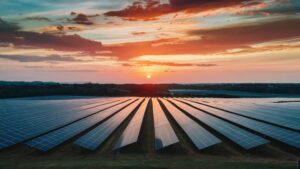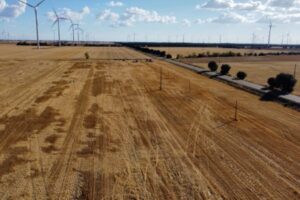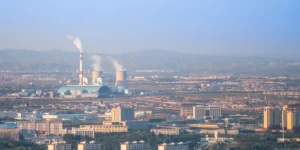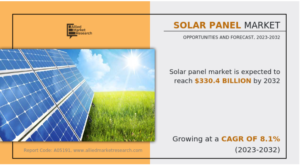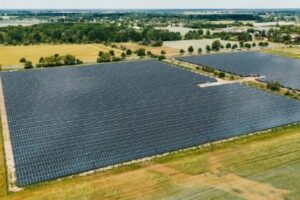MOL launches largest green hydrogen plant in Central/Eastern Europe | Hydrogen
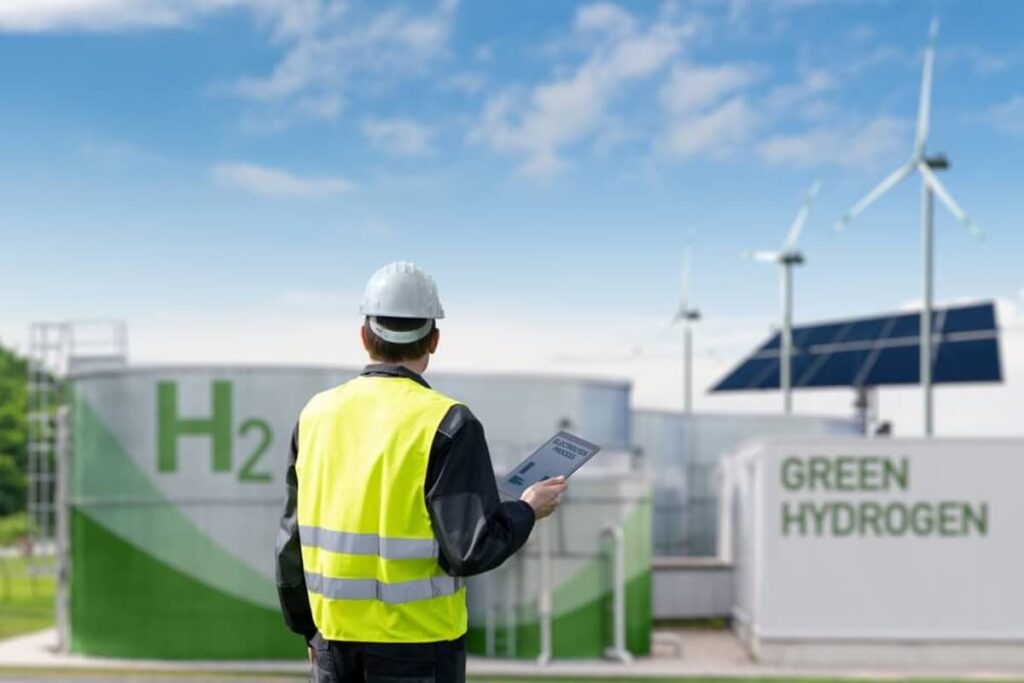
Global energy and consumer retail company MOL Group has inaugurated a ten megawatt (MW) capacity green hydrogen plant in Hungary, the largest of its kind in Central and Eastern Europe.
Located in Százhalombatta, the €22m ($23.4m) plant will be able to produce 1,600 tonnes of green hydrogen per year and reduce emissions at the nearby Danube Refinery by 25,000 tonnes of carbon dioxide (CO2) annually with operations starting in the second half of 2024.
According to MOL Group, technologies such as the electrolysis unit created by Plug Power will gradually replace the natural gas-based production process, which currently accounts for one sixth of the Group’s total CO2 emissions.
“Using this technology, we are able to achieve the same emissions reduction as if we took roughly 5,500 cars off the road overnight,” revealed József Molnár, CEO of MOL Group.
Plug Power’s electrolysis equipment harnesses electricity from renewable sources to break down water into hydrogen and oxygen, producing no polluting by-products.
After Százhalombatta, MOL aims to take the technology to the other two fuel production units of the group to improve sustainability at each of the Group’s refineries, added Molnár.
“We are thrilled to celebrate, in partnership with MOL, the inauguration of one of Europe’s largest green hydrogen plants supporting a refinery,” said Andy Marsh, CEO of Plug Power.

Plug Power’s electrolyser technology. ©MOL Group
“As a potent way to reduce carbon emissions within refinery operations, we are proud to equip MOL with cutting-edge electrolyser technology to efficiently produce green hydrogen.”
Having started up its first green hydrogen production plant last year, the country is set to have several more operational green hydrogen plants in the near future.
Hungary launched its National Hydrogen Strategy in 2021, which outlines the country’s pathway to introduce clean hydrogen and hydrogen technologies to the domestic market.
The strategy supports production of 20,000 tonnes per year of low-carbon hydrogen and 16,000 tonnes per year of green and other carbon-free hydrogen, in addition to building 240MW of electrolyser capacity.
It also highlights the need to decarbonise transport by supplying the sector with 10,000 tonnes per year of green and other carbon-free hydrogen, 20 hydrogen refuelling stations, 4,800 hydrogen fuel cell vehicles and avoiding the emission of 130,000 tonnes of CO2 equivalent emissions.
